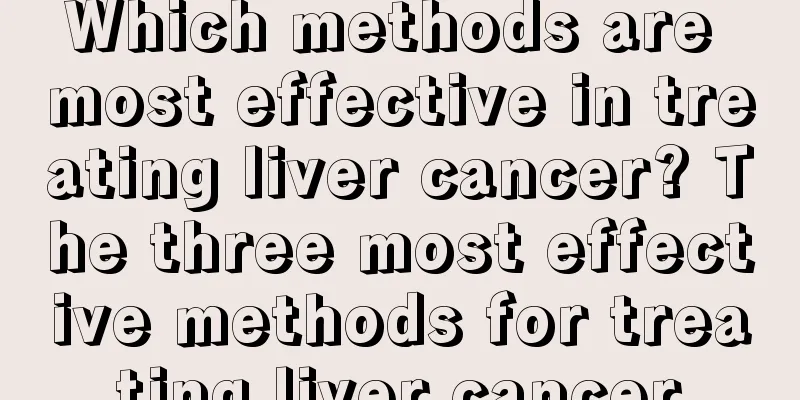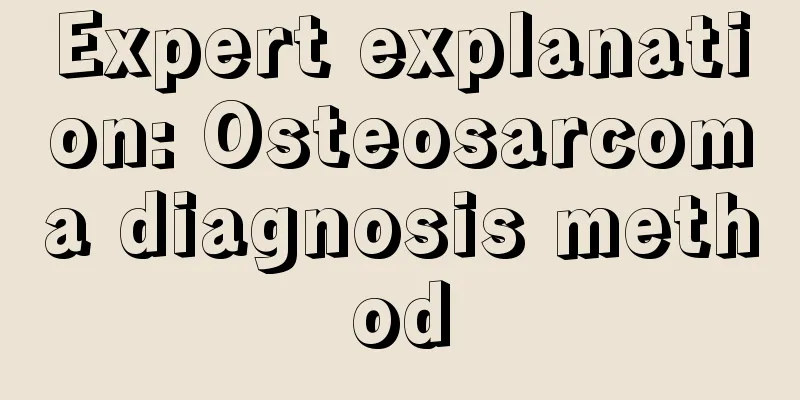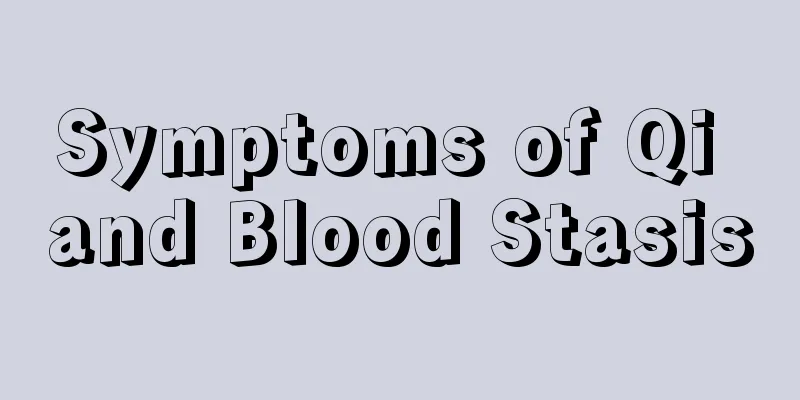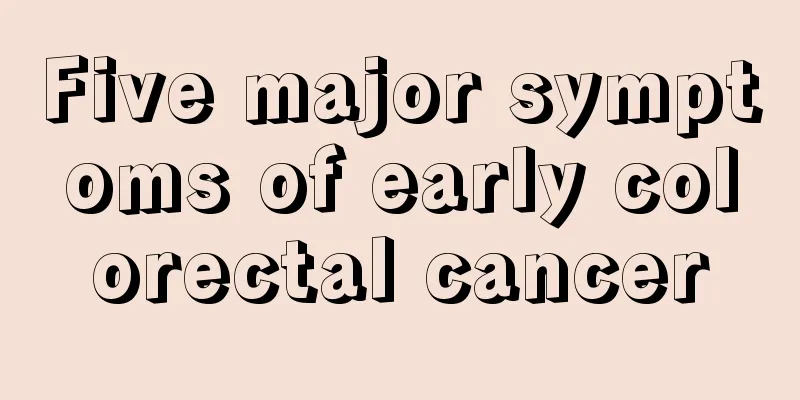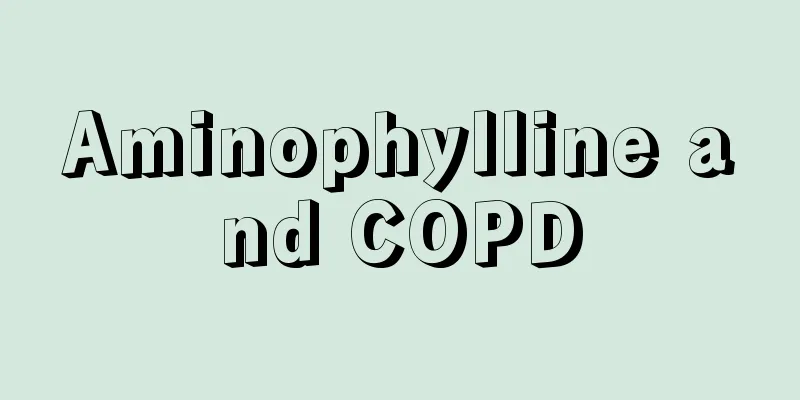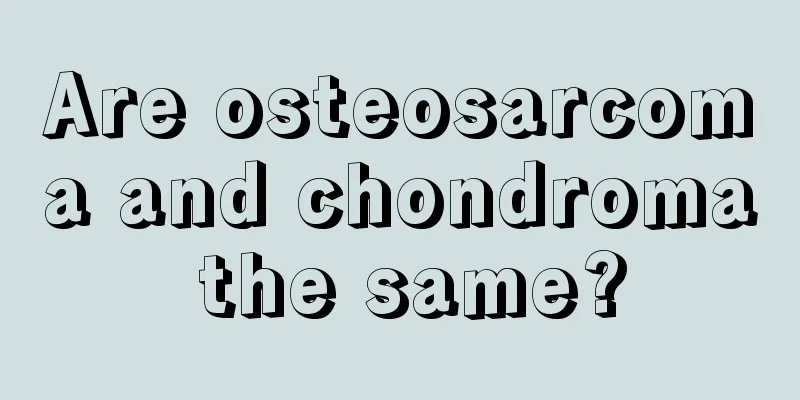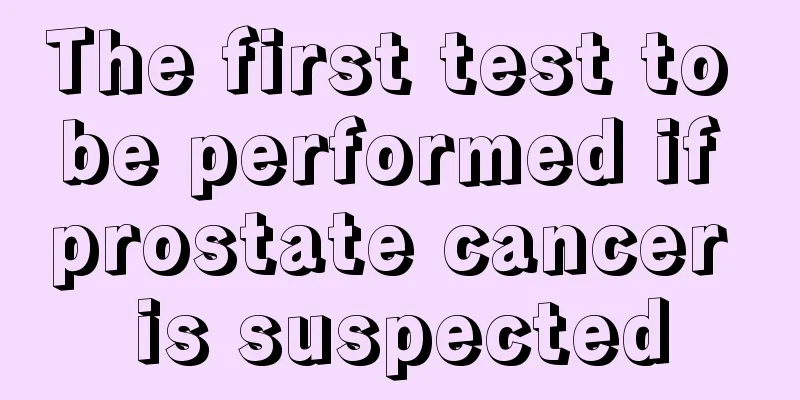Nursing and massage for nasolacrimal duct hypoplasia
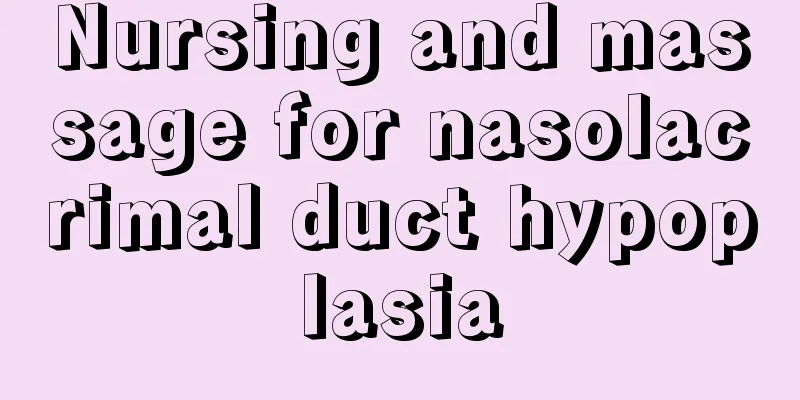
|
The health of the baby is what parents are most concerned about, but things are not always as they wish. Some babies are born with congenital problems, such as incomplete development of the nasolacrimal duct. However, parents do not need to worry too much about this disease. Nasolacrimal duct hypoplasia is a common problem in infants and can be cured through proper massage or treatment. 1. What is nasolacrimal duct hypoplasia Nasolacrimal duct hypoplasia is a common problem in infants. Because the nasolacrimal ducts of infants are very thin and sometimes even adhered, this affects the tears produced by the eyes from flowing back into the nose through the nasolacrimal ducts for absorption. The water in the residual tears in the eye evaporates, leaving behind tear solutes similar to sticky secretions. However, sticky secretions are not caused by infection and antibiotics should not be used routinely. If massaging the lower part of the inner canthus does not work, the patient should undergo nasolacrimal duct irrigation or unblocking. 2. Nursing of nasolacrimal duct hypoplasia 95% of babies' nasolacrimal duct hypoplasia will heal within 6 months, but for a few babies it will take a little longer to heal, so as long as you keep the baby's hands clean and avoid infection, everything will be fine. Parents should also wash their hands frequently to avoid bringing bacteria into the baby's eyes. If infection has already occurred, early detection and early treatment should be achieved. Appropriate use of ofloxacin eye drops can effectively control the infection. 3. Massage for nasolacrimal duct hypoplasia In the early stage, local compression massage of the lacrimal sac is used. Specifically, wash your hands, find the subcutaneous tubular structure between the inner side of the palpebral fissure and the root of the nose, and press with your fingertips toward the nasal cavity to allow the lacrimal sac secretions to flush open the closed membrane downward. Do this for 3 to 5 minutes each time, once in the morning and once in the evening. For babies who have already developed an infection, apply antibiotic eye drops to the eyes after pressing. It should be noted that babies usually start with an infection in one eye, so you need to take both eyes into consideration when massaging and applying eye drops, not just one side. If continuous massage for one week has no effect, you should go to the hospital immediately and see a specialist for appropriate treatment. Treatment of nasolacrimal duct hypoplasia About 90% of patients will spontaneously resolve or recover within 6 weeks after birth. During the period from 6 months to 1 and a half years old, if the nasolacrimal duct hypoplasia still exists, the chance of self-healing is very small, and tear duct probing can be performed (to avoid affecting the development of the orbital bones of infants and young children, it is best to wait until the orbital development is finalized after 3 years old before performing surgery). Tear duct flushing and probing are not easy for infants. They require forcibly holding down the child's head or performing them under general anesthesia, which is difficult for both the child and the parents to accept. |
<<: What is the dietary treatment for runny nose caused by cold?
>>: What is soft tissue infection and how to care and prevent it
Recommend
What are the acupuncture needle insertion techniques
Nowadays, the method of acupuncture treatment is ...
What are the dangers of colon cancer
When it comes to colon cancer, I believe everyone...
How to stage cervical cancer
How is cervical cancer staged? Cervical cancer is...
What to do if the urine is yellow during anti-inflammatory treatment
When the human body is inflamed, it is necessary ...
What method should be used to treat sore throat?
If the throat becomes inflamed and suppuration oc...
Distribution of internal organs
The internal organs are distributed differently i...
Various preventive measures for uterine cancer
Uterine cancer is the second most common cancer t...
How should melanoma be diagnosed
How should melanoma be diagnosed? It is not diffi...
How to provide psychological care for liver cancer patients 5 psychological care measures for liver cancer patients
In view of the psychological characteristics of l...
What are the latest methods for treating depression?
When it comes to the topic of depression, many pe...
Does yogurt need to be refrigerated
Yogurt needs to be refrigerated, otherwise it wil...
Is farting too much a disease?
Farting is actually a very normal physiological p...
The most important measure to prevent bladder cancer
The high incidence of tumor diseases is very comm...
Benefits of soaking your feet with mugwort bags
There are many benefits of soaking your feet in m...
What causes headache due to left shoulder pain
Some friends first experience left shoulder pain ...

